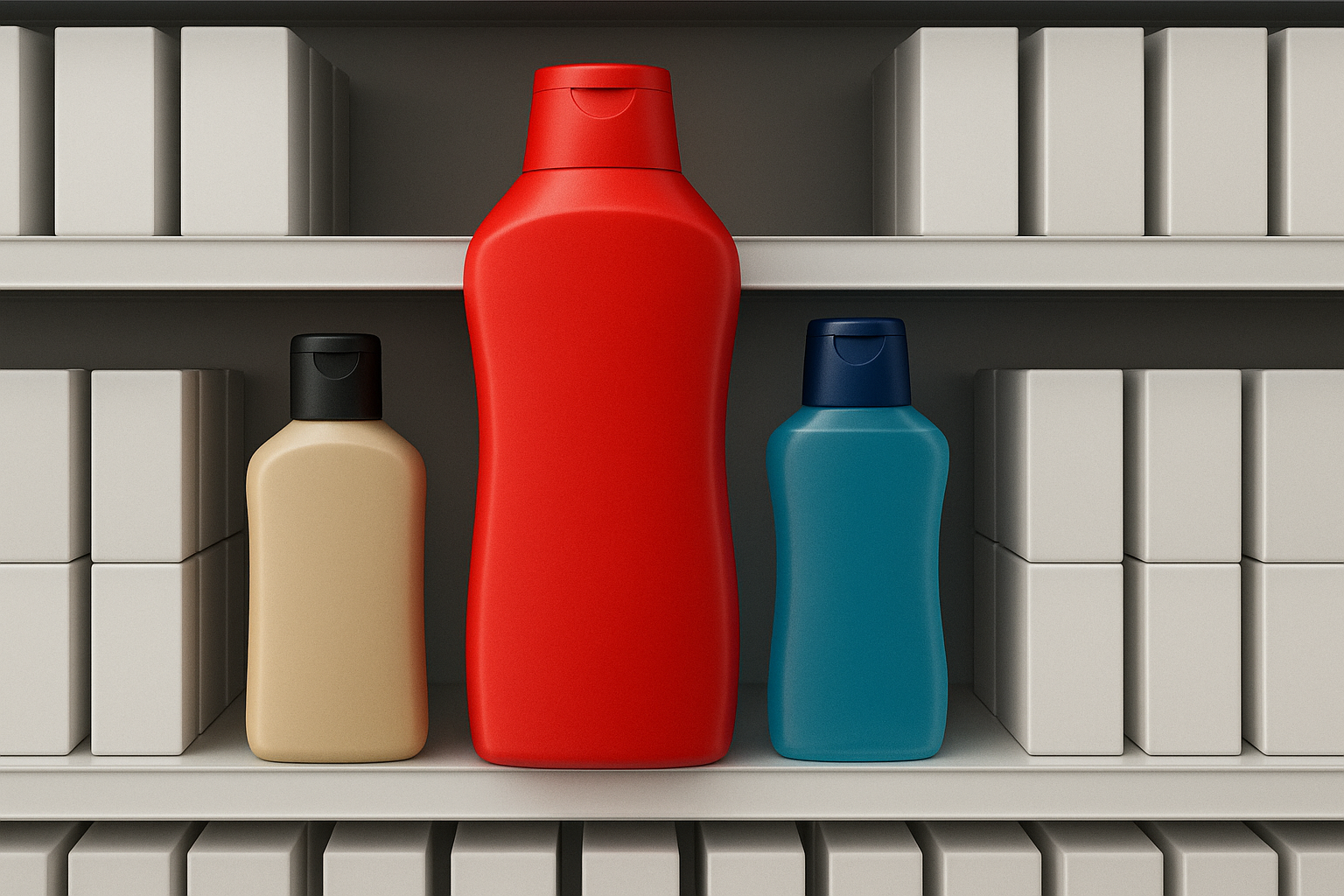An example would be someone who goes to the supermarket and sees several displays of the same brand. Although their preference for and liking of the brand has not changed the memory of the brand is very salient in their mind and makes them feel more that they should perhaps buy.
In retail, the objective is of course that your product, brand is salient and therefore stands out from your competitors in order to ensure that it catches the attention of the shopper and the impact will stay with them for longer.
Using sustainability related contrast is one way of helping this to happen; for example, shoppers are so desensitised to most in-store environments now and so it’s important to focus on making yours so atypical and different that it won’t fail to catch shopper’s attention.
It is important to be able to recognise which moments will create salient elements for shoppers in order to maximise communication potential for your sustainable communications and brand overall.
The 3 Cs:
- Contrast - If every brand looks similar, then nothing stands out. Take cereals boxes, all rectangular very bright colours, etc. A white circle would really stand out in that aisle.
- Emotion – The more emotional your sustainability communication, the more shoppers will engage with it. One sure-fire way to generate emotion: Add imagery of other people and animals to your brand displays.
- Adjacencies – Sometimes brands can appear a surprise just because of where they are located in-store. A crisps FSDU performed better in the sweet confectionery aisle than it did in the savoury snacks aisle, just because shoppers weren’t expecting it to be there. Where are the optimal locations in-store for your brand when it wants to appear at it’s most environmentally friendly?
In summary, shoppers often prefer items that stand out more and/or that emotionally engage. If you can use sustainability communications to help you emotionally stand out more, then you are on to a winner.






